The principle Thomas Moser has always adhered to is that his furniture should live at least as long as the tree it came from did. For the entirely American-sourced black cherry and walnut trees they use, that’s between 75 and 125 years. “I feel very strongly about that,” Moser said. “If you are a library and you buy a table and some reader chairs from us, ours won’t need to be replaced in a lifetime. That is what we call sustainability and that is what justifies the time and energy we put into making them.” And, as he points out, the cost. “Obviously our work is not inexpensive.”
But that doesn’t mean that the master furniture maker couldn’t find inspiration in something made from a distinctly unsustainable material. Say, a cheap plastic chair.
Two summers ago, Moser and his wife, Mary, were eating in the dining room on the Nova Star, the now-defunct ferry that ran between Portland and Nova Scotia. Their chairs were uncommonly comfortable, so Moser took a closer look.
“It was a steel chair which was chrome-plated and had an artificial, plastic seat and back,” he said. “What intrigued me about it was that the back was concave and convex at the same time.”
Think, he said, of a Pringle potato chip. Then think about your back.
“Obviously, it is rounded all the way from your shoulder to your hips,” he said. “But also concave. On the one hand, you are round, and on the other, you are hollow.”
This compound curve was one he’d seen on a pair of earrings he’d bought for Mary 15 or so years ago, made by Maine designer Michael Good. Two weeks after the Nova Star trip, he spotted another plastic cafeteria chair at the Peabody Essex Museum in Massachusetts that was like the Nova Star’s “Pringle,” except made entirely of plastic. The concept seemed to be following him around, in that way that once you notice something, it keeps popping up.
Moser turned 81 this February but questions about form and function are as intriguing to him as ever. A mass-market plastic chair is built to last maybe five years, he thought. He had never seen a wooden chair shaped like this. “As far as I knew there has never been one made that way,” he said.
“I wasn’t sure it could be done,” he added. But maybe he’d give it a try, back in his workshop.
SEAMLESS DESIGN
Moser was calling from his home in Florida. He and his wife Mary live in Harpswell but head south in the winter to their old hunting lodge in LaBelle. It is surrounded by exotic trees and plants planted by the original owners, the globetrotting and acquisitive George and Rose Tyrell. When the Mosers began restoring their new property in 2004, the garden was overgrown, a veritable jungle of unusual species, 134 of them. Their renovations included adding a woodshop for Tom; even though his son David took over the main design reins from Tom about 10 years ago the father has never stopped designing and building.
The winter after that Nova Star trip, he had the wood equivalent of scratch paper around, courtesy of the Tyrells’ planting habits and a good wind that had knocked down a 115-foot tall Monkey Puzzle tree. He went to work on reproducing that Pringle-shaped curve with its wood.
It wasn’t until he asked an engineer back at Thos. Moser’s workshop in Auburn that he found out the technical term for the compound curve of the chairs on the ferry: anticlastic.
“I had no idea that was what the word was,” Moser said. “I remember when I was in school, one of the lessons I learned is that practice proceeds theory. In most things we do it and we do it again and again and later on we have a theoretical basis for what we have done. That is what happens to me.”
He tried out forms of the chair in varying heights, low, regular and then a high stool. On one of the mid-sized chairs, the back was connected to the seat by metal rods.
“That was another idea whose time has not come,” Moser said dryly. “You have to know that over the years, my ratio of success is about 1 in 15. Out of 15 attempts, 10 are total failures. Two are OK, two are pretty good and one is excellent. In other words, I miss more than what I hit.”
He had very specific aims in mind for this chair.
“I didn’t want any seams,” Moser said. “I wanted a monolithic shape.”
The riddle was in achieving that in wood. Moser likes to quote Louis Pasteur when he’s talking about the ways he works through problems, a sort of informed intuition. “Chance favors the prepared mind.”

Ian Trundy finishes the edges of a desk drawer. Thomas Moser believes his furniture should last as long as the tree it came from.
PREPARING THE MIND
Moser formally entered the furniture making business in 1972, when he left a tenured job at Bates College teaching speech communication and linguistics to open a woodshop in New Gloucester. He was taking a big chance on a self-taught craft he’d discovered he loved more than teaching.
“As a college professor, you don’t really know if you are successful,” he said. “It was so satisfying to start on a Monday and have something that was actually done on Friday.”
And he’d had a toe in the waters since graduate school at the University of Michigan, when he and Mary made ends meet by fixing up pieces of antique furniture and then selling them.
“We always collected basket cases,” Moser said. “American-made furniture of one kind or another. I did the woodwork and she did the refinishing. And when we needed money we would sell them at the mart in Ann Arbor.”
He turned away from the phone to ask Mary what the name of it was. She’s been his partner all along, and he’s known her since she was 12 and he 15.
“The Treasure Mart! They kept 25 percent and we got 75 percent. I liked to say that I learned woodworking from dead people because a lot of the stuff had been made 150 years ago.”
He still has an affinity for that approach. “You could call it reverse engineering.”
It’s how he differs stylistically from his son David. “David sees things forward. I see things looking backward.”
Does a chair inspired by a modern plastic and chrome chair then reflect some influence of David’s style?
“I think so,” Moser said.
He wanted to incorporate a saber leg – tapered and also curved – that David had used on his Rockport chair; “I was intrigued by that leg.”
After he’d played around with various versions using the wood from the Monkey Puzzle tree, he presented the version he liked best to Thos. Moser’s head prototype maker, Warren Shaw, and asked him to try building the design in walnut.
BUILT TO LAST
A tour of Thos. Moser’s 85,000-square-foot workshop on the outskirts of Auburn begins at the loading dock, where workers are wrapping furniture in blankets in preparation for white glove delivery. This is a strictly made-to-order business so nothing gets made in Auburn that hasn’t already been sold (except prototypes). A table nearby has recently arrived for a repair; part of the Moser lifetime warranty means that if it fails, they’ll fix or replace the piece.
Materials manager Tim McIntyre, who has a forestry degree from the University of New Hampshire and serves as Thos. Moser’s sustainability expert, leads the way through a set of swinging doors and into the rough mill, where suddenly everything smells of wood. There are stacks of long boards, mostly black cherry – the signature Moser wood – then walnut and a small amount of oak as well, reaching up toward the ceiling.
“What you see here will keep us going for five or six weeks,” McIntyre explained.
At the end of the stack, a worker was lining up boards on the saw, cutting them to lengths specific to whatever piece of furniture was due to be built next. A fleet of carts nearby was filled with the basic pieces needed, like a set of children’s building blocks, every piece of wood from trees grown in the same soil type.
The black cherry is the signature Moser wood, the one he used when he was just starting out.
“I have never been able to get Tom to admit this,” McIntyre said, chuckling, “but 40 years ago, cherry was not a particularly popular wood.” It was cheap then? “Inexpensive,” he added. “They called it the poor man’s mahogany.”
All of it comes from the Allegheny Plateau, most of it from within an 80-mile radius of Brookville, Pennsylvania, and the walnut from Missouri. The trees are harvested by single tree selection, rather than clear cutting, and McIntyre has a set of slides he shows visitors – including the customers who come to spend a week in the shop, learning how to make their very own piece of Moser furniture – outlining the abundance and sustainability of the hardwoods Moser uses. Included in them are U.S. Department of Agriculture statistics showing that the volume of hardwood forests has increased 119 percent from 1953 to 2007. That’s partly because black cherry, which represents about 4 percent of the North American hardwood resource, regenerates so quickly, on its own.
“No planting is required,” McIntyre said.
On Moser’s behalf, he picks about 7 percent of what comes out of the sawmills they buy from. Annually, to get what they need, about 5 million feet of lumber has to be harvested.
“But it isn’t like we throw away 93 percent,” he said. Other buyers take the remaining wood and the byproducts are used for mulch, animal bedding, paper, as combustible fuel – in some cases, generating the power to run the mill’s equipment – and as wood components.
At the far end of the vast room is a computer-operated saw that makes extremely precise cuts, again minimizing waste. It’s the size of an elephant, but the pieces that come out of it are full of delicate curves, table legs in the making. “We’re not averse to technology,” McIntyre said.
In the adjacent room, which is just as big, cabinetmakers are busy at their individual stations, working on one piece at a time. Then McIntyre leads the way to the prototype section of the workroom, where Shaw lifts Moser’s original Monkey Puzzle tree designs off the wall and then brings out the final product.
Shaw and “the guys in engineering” as Moser puts it, came up with the idea of putting a “feather” inside the miter joint. That won’t mean anything to a non-woodworker, but to Moser, it meant success. From the front, it appears the legs, tapered and curved, grow out of the front of the chair, as if they’d been poured that way. A monolithic shape, in wood, born of a boat ride on holiday.
“He can’t turn it off,” said Scott Wentzell, Thos. Moser’s director of marketing.
Sitting in it, you feel very upright, as if a yoga teacher had pressed you into just the right shape. It is ergonomic, organic and very elegant.
WHAT IS IN A NAME?
The chair is just now appearing in Thos. Moser catalogs and in the six showrooms around the country (San Francisco, New York, Washington, D.C., Boston, Philadelphia and Freeport). It costs $1,510 in cherry, $1,730 in walnut and slightly more in a higher, stool shape.
There was debate over what to call it.
“Pringle” wasn’t a possibility, nor was “The Anticlastic.”
“After a while, it is harder and harder to name things,” Moser said.
It became the Auburn chair, after the city where copies of it will be made. He hopes others like it as much as he does. But predicting a chair’s future is impossible. Who knew that a pope would sit in a Moser design (or two; Pope Francis sat in a Catena chair and a Harpswell armchair when he was in Philadelphia last year).
He only knows that it will last.
“My whole point about sustainability is what we build with our hands should last generations,” he said. “To me, time horizon is what it is about and not just with the wood or the materials but the human resource. The hours we spend with it should not be something you just throw away.”
He remembers seeing a documentary about women in China making beads in bright colors, for Mardi Gras.
“They were very proud of the work they were doing,” Moser said. “And those beads were going to come to New Orleans, where they were literally thrown away. It struck me how sad it was that those young women put so much energy into making those beautiful little beads and they were made, just literally, to be destroyed.”
Copy the Story Link
Send questions/comments to the editors.


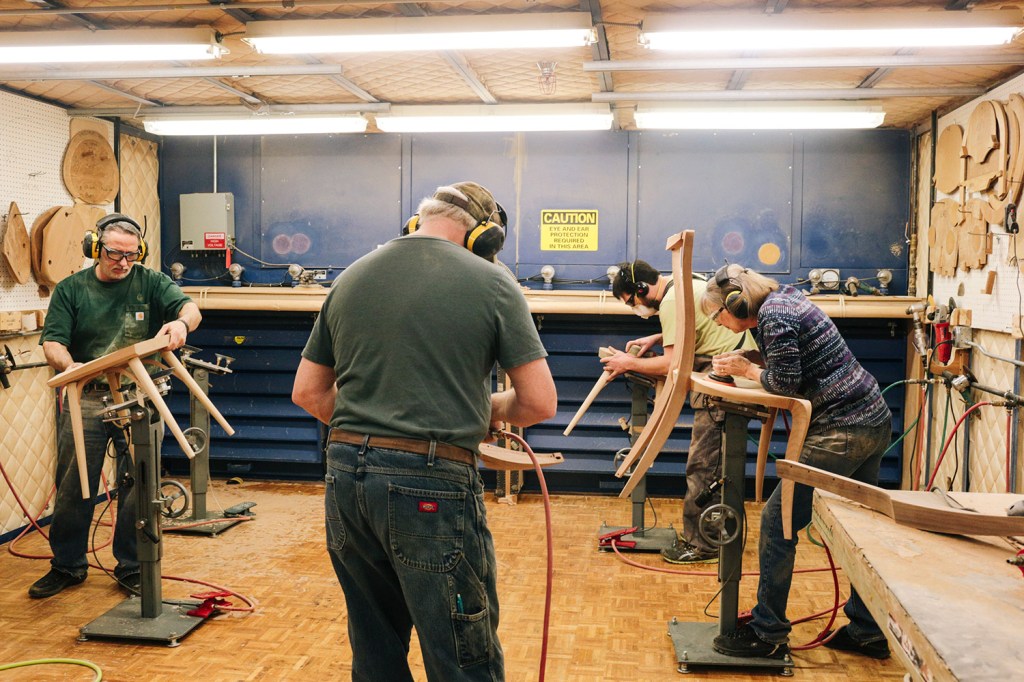
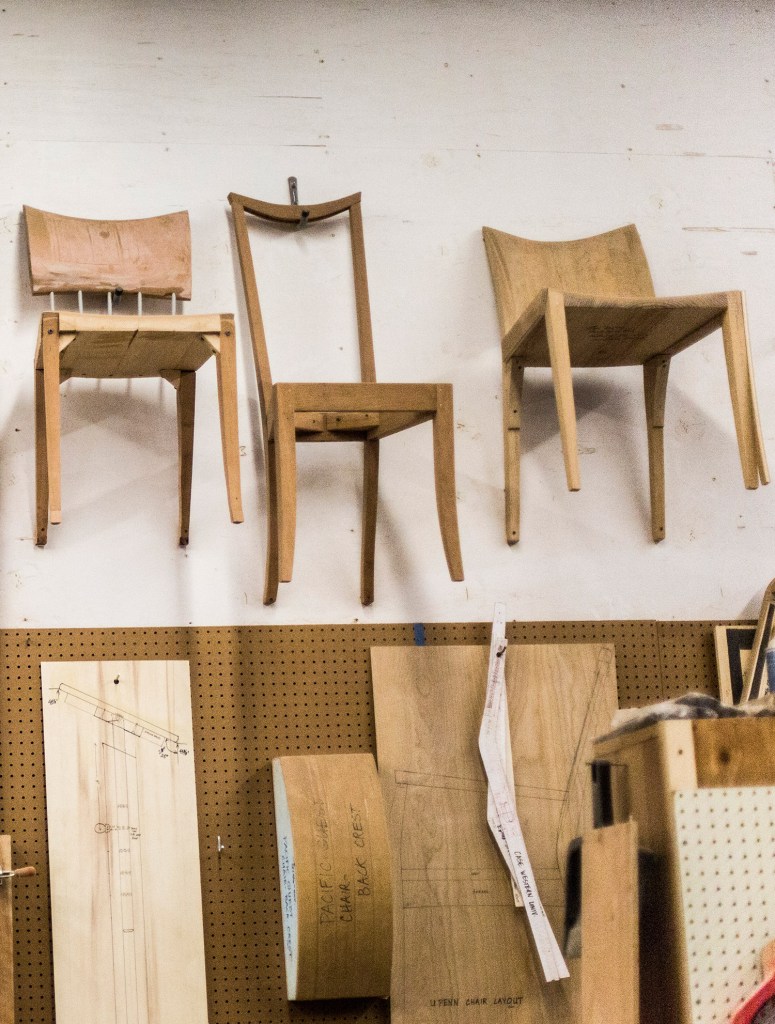
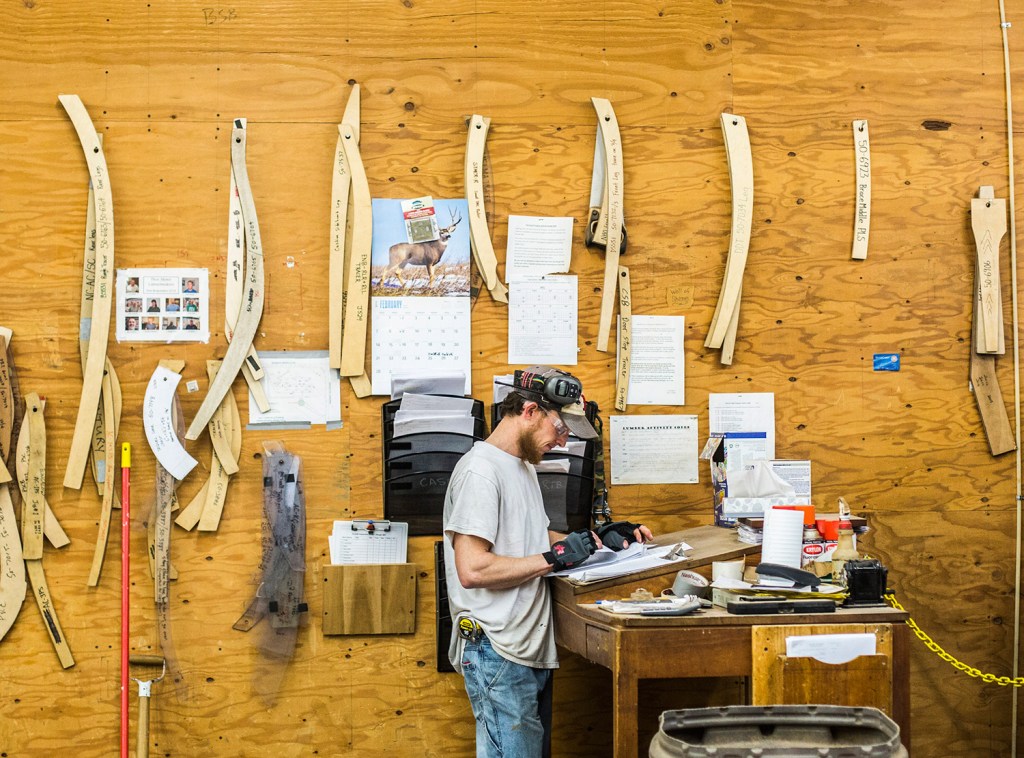
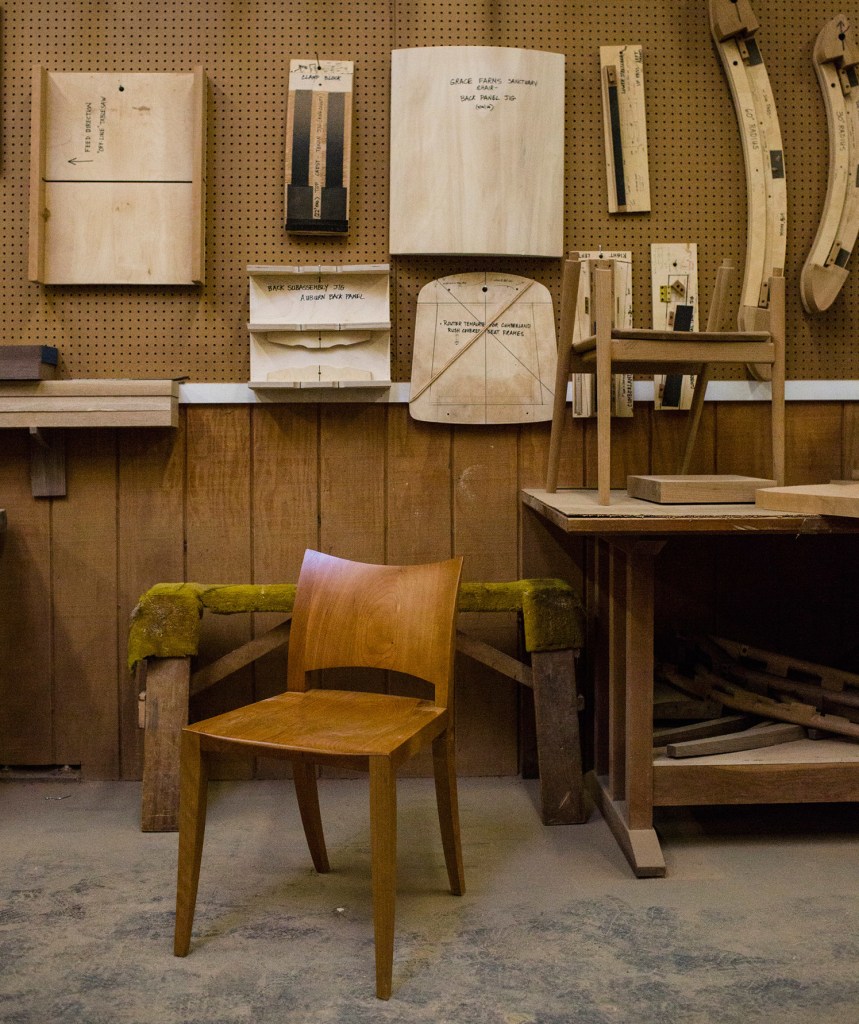

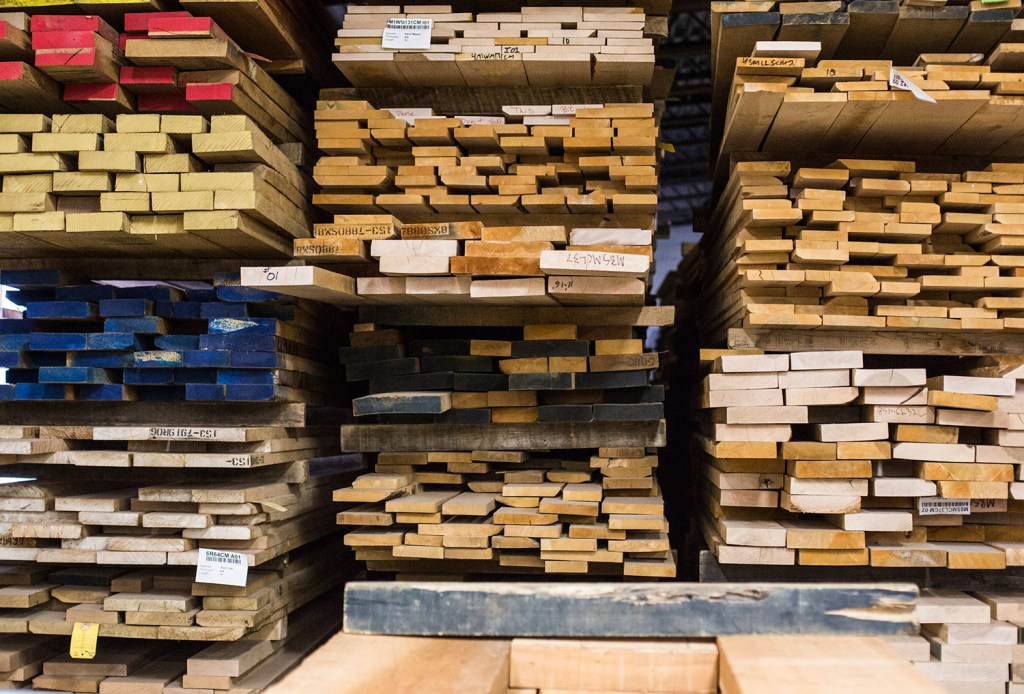
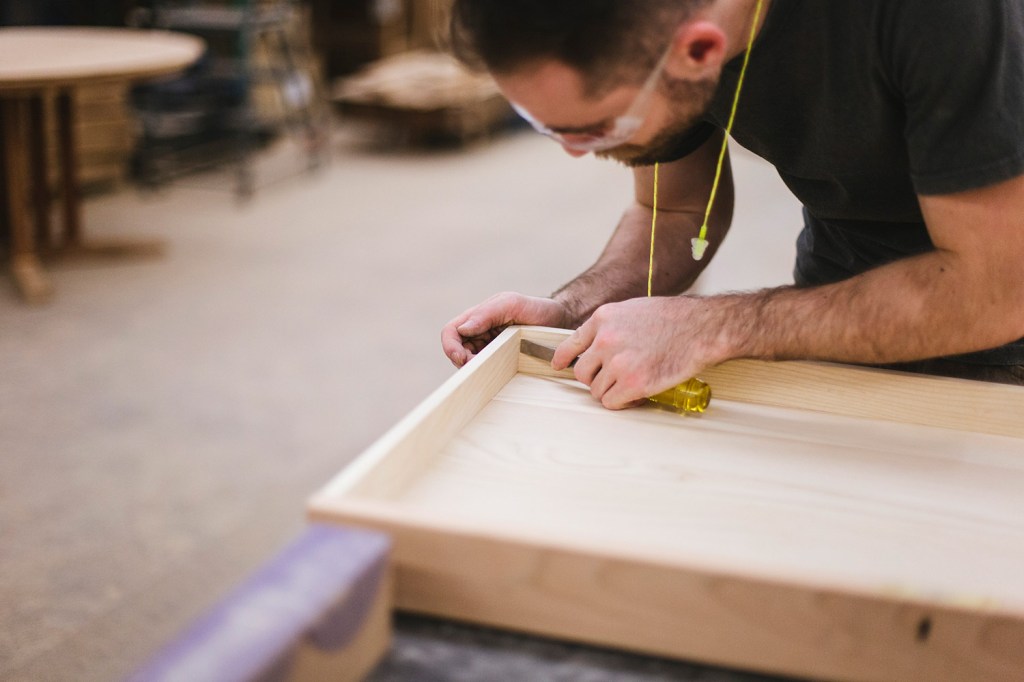
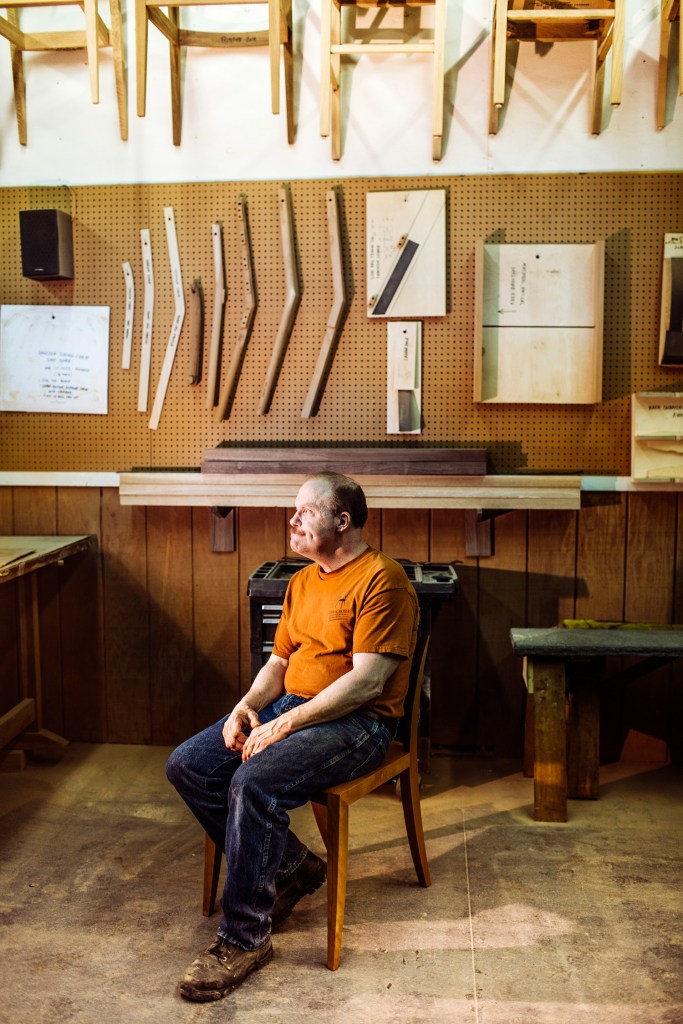

Success. Please wait for the page to reload. If the page does not reload within 5 seconds, please refresh the page.
Enter your email and password to access comments.
Hi, to comment on stories you must . This profile is in addition to your subscription and website login.
Already have a commenting profile? .
Invalid username/password.
Please check your email to confirm and complete your registration.
Only subscribers are eligible to post comments. Please subscribe or login first for digital access. Here’s why.
Use the form below to reset your password. When you've submitted your account email, we will send an email with a reset code.